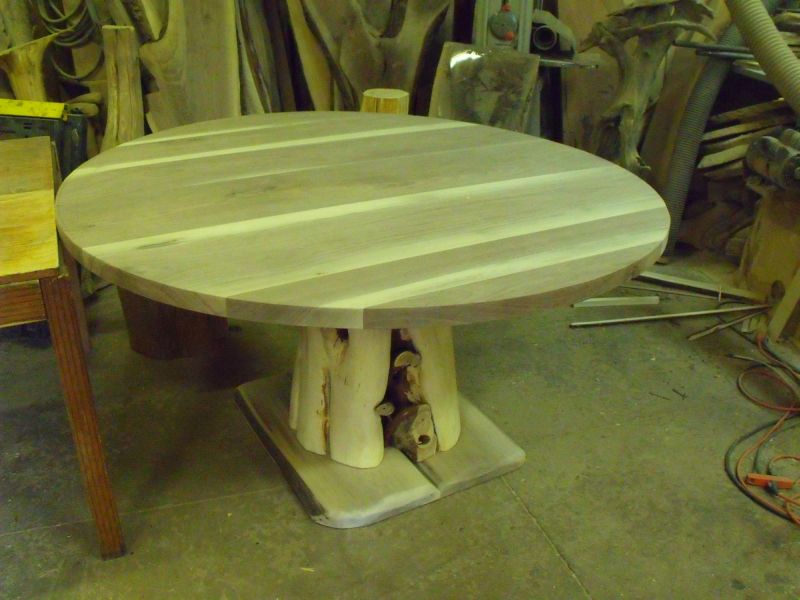Question
I've been sending blades out to be re-sharpened. I'm pretty sure that when I sent them, they were in good condition. But my sharpening service rejected 3 of 14 blades, saying they had broken teeth. I got them back, and sure enough, they did have missing teeth.
I suspect that the shipping process (Fed Ex or UPS) may have contributed to this problem. I suspect that handling of my package was pretty rough, and that the way I had the blades packed, maybe they got knocked around inside the box and broke a few teeth off.
When I pack the blades, I curl them up into three rings, and put one blade tooth side down, and another blade on top, tooth side up. Then I put in a piece of cardboard the same size as the box, to make a nice stable platform for the next set. I continue sandwiching them this way until I fill up the box. I can get 14 or so blades into the box this way.
Has anyone else experienced this problem before? Does anyone have any recommendations on how I should pack the bands up inside the box to avoid this? Should I just find a local guy to do the sharpening for me, or should I plunk down the 2 G's for an auto-sharpener and be done with it? I don't have the space for a sharpener in my garage, so I'm leaning away from that idea.
Forum Responses
(Sawing and Drying Forum)
From contributor A:
I'm presuming that you are trying to ship in cardboard boxes. I have had new saws shipped to me the same way and have had the same problem when they arrived, and these came brand new from the manufacturer.
My way of protecting saw blades is to make my own saw shipping/storage boxes. For example if you were shipping 10"-12" saws, build a box 4" tall with a 3/8" plywood bottom. Use 1" x 4" s4s boards for the walls, screwed in from the bottom for strength. The lid will not be the same dimension as the bottom, because it will need to adjust from the top down into the box to accommodate the amount of saws that are being shipped.
Drill a 1/2" hole in the center of the bottom and the top. Insert a bolt from the bottom that goes no higher than the top of the walls of the box. Now you can replace the lid, put a washer and a nut on top to secure the saws in the center of the box.
Always consider the amount of weight the box is going to carry. This is why the people handling the boxes drop them and break the teeth, apart from the saw being unstable because of inadequate packing materials.
What I do is mark my blades. All my blades have an "A" engraved with the number of times it has gone to be sharpened. When the blades come back I check to make sure they are all mine. Only once in four plus years has there been a problem and WM made it right. Maybe you did not get your blades back. It would take a good jolt to bust a tooth of a blade inside of a cardboard box. It seems like a bent blade would be more likely.
Where can I go to get a tutorial on teeth? The principles are simple. On chainsaw work this works if a tooth is severely damaged by hitting a rock or nail I'll just file/grind that tooth hard and leave the raker high. I have only done this once, but it got extra life out of a loop of chain cutting brush.
